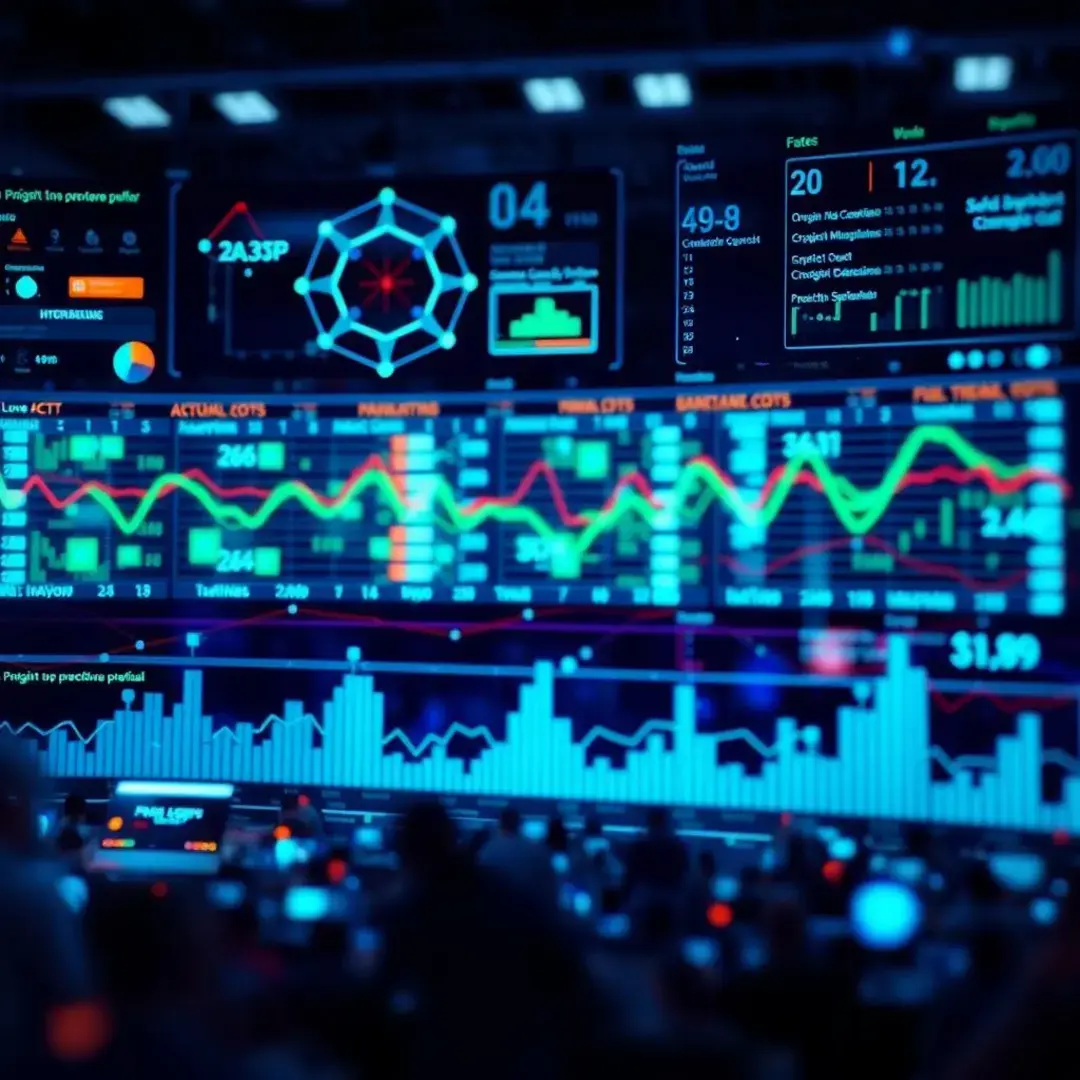Behavioral Analysis
Introduction

Overview of Behavioral Analysis in Fraud Detection and Risk Management
Behavioral analysis is a method of examining the actions and patterns of individuals to extract insights related to their behavior. By analyzing data such as transaction history, browsing patterns, and even social media activity, organizations can gain a deeper understanding of user tendencies. This analytical approach is increasingly important in combating fraud and managing risks in various sectors.
In the realm of fraud detection, behavioral analysis serves as a powerful tool that helps institutions identify suspicious activities. By establishing a baseline for normal behavior, it becomes easier to recognize anomalies that may indicate fraudulent actions. For example, if a banking customer suddenly makes a series of expensive purchases that deviate from their usual spending habits, behavioral analysis can quickly flag this as a potential red flag, prompting further investigation.
Beyond fraud detection, behavioral analysis is essential for effective risk management. By understanding consumer behavior and preferences, organizations can predict potential risks and implement preventive measures. This not only safeguards against financial losses but also enhances customer trust and satisfaction, ultimately driving business growth. The insights gained from behavioral analysis can be leveraged to refine operational strategies and improve decision-making processes.
Key Trends in Behavioral Analysis

Emerging Trends
As technology evolves, the integration of AI and machine learning into behavioral analysis is becoming increasingly prevalent. These technologies enhance the accuracy and efficiency of analyzing large datasets, allowing for more sophisticated models of user behavior. Organizations can deploy predictive analytics, enabling them to anticipate fraudulent activities or risk scenarios before they escalate.
Another significant trend is the shift towards real-time analysis and anomaly detection. In a fast-paced digital environment, immediate detection of unusual behavior is critical. Real-time systems can analyze transactions as they happen, flagging suspicious activity instantly. This immediacy allows fraud prevention measures to be executed more effectively, reducing potential losses for companies and protecting consumers.
Biometric authentication is also gaining traction as part of behavioral analysis, enhancing security measures across industries. Utilizing unique identifiers such as fingerprints, facial recognition, or voice patterns, this technology ensures that only authorized users can access sensitive information. By combining biometric data with behavioral patterns, organizations can create a multi-layered security approach that significantly reduces the risk of fraud.
Industry Impact
Financial institutions are experiencing substantial transformations due to behavioral analysis. These organizations are leveraging behavioral insights to tailor products and services to individual client needs, enhancing customer experiences. By analyzing transaction patterns, they can also detect fraudulent activities early, mitigating risks and increasing overall profitability.
E-commerce platforms are harnessing behavioral analysis to optimize user engagement and increase conversion rates. By understanding customer preferences, businesses can personalize marketing strategies and recommend products that align with individual tastes. This not only boosts sales but also establishes a loyal customer base that feels valued and understood.
In the realm of cybersecurity, behavioral analysis is revolutionizing threat detection and response strategies. Cybersecurity frameworks are adopting behavioral analysis to identify potential breaches based on unusual patterns. This proactive approach helps organizations fortify their defenses, ensuring that they can react swiftly to mitigate risks and protect sensitive data.
Challenges and Limitations
Despite its advantages, behavioral analysis does raise significant data privacy and security concerns. As organizations collect extensive amounts of personal data to fuel their analytical models, ensuring the protection and confidentiality of this information is paramount. Striking a balance between effective analysis and user privacy rights will be a key challenge moving forward.
Another challenge lies in the accuracy and potential bias of the algorithms used in behavioral analysis. If the underlying data is biased or incomplete, the analysis can yield misleading results, leading to unfair treatment of certain groups. Continuous monitoring and refining of these algorithms will be necessary to maintain their effectiveness and fairness across diverse populations.
Fraud tactics are always evolving, which poses another hurdle for organizations relying on behavioral analysis. As fraudsters develop increasingly sophisticated methods, there is a constant need for systems to adapt and stay ahead. Continuous training and updating of the models used in behavioral analysis will be essential to mitigate this risk.
Future Outlook

Future Developments
Looking ahead, predictive behavioral modeling is set to become a hallmark of advanced behavioral analysis. By using historical data and machine learning, organizations can craft comprehensive behavioral profiles that predict future actions. This insight will empower businesses to engage clients proactively and effectively, optimizing both security and user engagement.
Cross-platform analysis is also on the rise, enabling organizations to analyze user behavior across multiple platforms seamlessly. This holistic view provides better insights into customer journeys, facilitating more strategic decision-making and comprehensive risk management. As users increasingly interact with brands across different channels, cross-platform behavioral analysis will become a vital strategy for organizations.
As AI becomes more integrated into behavioral analysis, the demand for explainable AI will grow. Users and regulatory bodies will seek transparency in how decisions are made, particularly when it comes to sensitive data. Developing systems that can explain their reasoning helps build trust and ensures compliance with data regulations while still leveraging complex analytical capabilities.
Market Predictions
Experts predict significant growth in the behavioral biometrics market over the coming years. With increasing cybersecurity threats and the need for more robust fraud prevention measures, businesses are likely to invest heavily in these solutions. As the technology matures and adoption rates climb, a multitude of new applications are expected to emerge, reshaping how businesses protect their environments.
There will be increased adoption of advanced analytics across sectors as organizations recognize the value of data-driven decision-making. Businesses will look to leverage sophisticated analytical tools to gain actionable insights, refined risk management capabilities, and enhanced customer experiences. This trend will foster a more competitive landscape where organizations can swiftly adapt to changing conditions and consumer expectations.
Potential Impact on Users
For end-users, the impact of advanced behavioral analysis is likely to be profoundly positive, leading to enhanced security measures and fraud prevention strategies. As organizations adopt these practices, individuals can expect safer transactions and interactions, significantly reducing the likelihood of identity theft and financial fraud. Trust in digital platforms will likely improve as a result.
Furthermore, personalized user experiences will become increasingly prevalent, as behavioral analysis will enable businesses to tailor services specifically to user needs and preferences. This customization can lead to higher satisfaction rates, increased engagement, and ultimately, stronger brand loyalty. Users will enjoy interactions that resonate more deeply, fostering a more seamless connection with brands.
However, there are potential privacy implications that must be navigated carefully. As organizations collect and analyze more personal data, the responsibility to protect this information will grow. Consumers will likely demand greater transparency and control over their data, prompting companies to implement more rigorous privacy measures alongside their behavioral analysis strategies.
How to Choose the Right App

Step-by-Step Guide
To begin the selection process, start by gathering input from key stakeholders to assess your organization’s needs thoroughly. Conduct interviews, surveys, or workshops to identify pain points, desired features, and any existing gaps in your current analytical capabilities. This collaborative approach ensures that all perspectives are considered, leading to a more informed choice.
Next, compile a list of potential applications that meet your defined criteria. Review their features, pricing, customer reviews, and case studies that illustrate their effectiveness. Comparing different solutions will provide clarity on the advantage each offers, ultimately guiding you towards an informed decision that serves your organization’s needs well.
Once you have chosen an application, meticulously plan for its implementation and integration. Create a detailed roadmap that outlines the steps required for successful deployment, including potential risks and mitigation strategies. Training your team on the new system will further facilitate a smooth transition, ensuring that everyone is equipped to take full advantage of the application’s capabilities.
Conclusion

In conclusion, behavioral analysis has emerged as an invaluable resource in the fields of fraud detection and risk management. With its ability to identify suspicious activities, enhance security measures, and provide a deeper understanding of user behavior, organizations across various industries stand to benefit greatly. While challenges such as data privacy and evolving fraud tactics remain, the future of behavioral analysis appears promising. By keeping an eye on emerging trends and carefully selecting the right applications, businesses can fortify their defenses, enhance customer experiences, and thrive in an increasingly complex digital landscape.
Factors to Consider
When selecting the right behavioral analysis application, it is crucial to first identify the specific needs and requirements of your organization. Consider whether you require a focus on fraud detection, customer behavior analysis, or risk management. Prioritizing your objectives will help streamline your selection process and ensure that the chosen solution aligns well with your goals.
Another critical factor is how well the application integrates with your existing systems. Seamless integration enhances operational efficiency and allows for a more comprehensive analysis of user behavior. Be sure to assess whether the application can work compatibly with your current technical environment to prevent disruptions and additional costs in implementation.
Scalability and performance are also essential considerations. As your organization grows, so will your data needs. Ensure that the selected application can handle increasing volumes of data and remains efficient in processing without sacrificing speed or accuracy. This foresight will encourage longevity and adaptability within your chosen solution.





